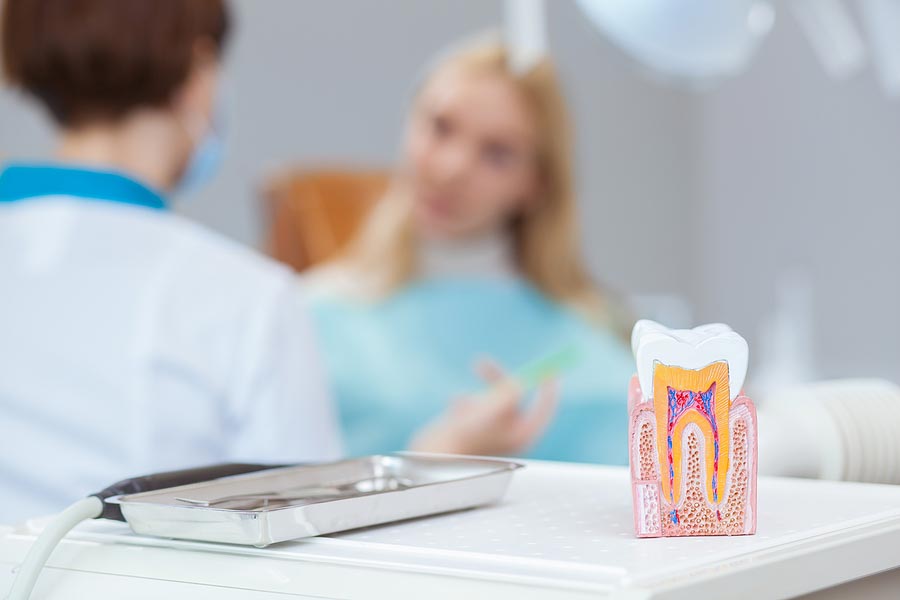Digital X-Rays
How digital x-rays benefit you.
Over the past 60 years science has helped improve the dental profession. One good example – today, dental X-rays are safer and more convenient.
Today’s traditional dental X-rays emit much lower amounts of radiation than in the past and are considered extremely safe, digital radiography is a high tech alternative with the following benefits:
- Uses 90% less radiation
- Ability to transfer Dental Records by email
- No chemicals involved, so Environmentally friendly
- Shorter Dental Appointments
- Higher quality images
Extractions
Some common reasons for dental extractions (tooth removal) include removal of wisdom teeth, badly fractured teeth, or to make room for orthodontic treatment.
Extractions are done surgically or non-surgically depending on the condition of the tooth. A surgical extraction is done when a tooth is not easily accessible because it hasn’t fully broken through or it has broken under the gum line. An incision is made to access the tooth, then the tooth may be broken in to pieces for ease of removal.
Non-surgical extraction require dental forceps and an elevator for careful tooth removal. Anesthesia may be given to relieve the pain.
Post-extraction Healing
Following a tooth extraction, bleeding is common during the first hour. It takes roughly this long for a blood clot to form in the socket. The open wound overlying the dental socket will take roughly a week to heal and the socket will fill in with soft gum tissue over the next one to two months. The final socket closure with bony remodeling can take six months or longer.
Fillings
A dental filling is a restorative procedure that repairs teeth damaged by decay. In some cases enamel loss can cause a tooth to become sensitive and dental filling material is needed to relieve the tooth.
Tooth decay and cavities are quickly found during a routine dental appointment. Once detected, your dentist will remove the decayed material, clean the affected area, then fill the cavity with a gold, porcelain, a composite resin, or an amalgam. These filling materials close off access to bacteria and prevent further decay.
On occasions when a filling is insufficient to repair tooth decay, a dental crown, implant, bridge, or root canal may be required. With regular check-ups your dentist can detect any problems early and prevent a more costly procedure.
Preventing Dental Decay
In the past 65 years many preventive measures have helped to reduce dental disease. Preventing dental disease is easy if you follow these steps:
- Brush twice a day with a fluoride toothpaste
- Floss or use an interdental cleaner once a day
- Ask your dentist about dental sealants
- Limit eating and drinking between meals. Choose nutritious, sugar-free snacks.
- Visit your dentist regularly
- Eat a balanced diet
- Ask your dentist about supplemental fluoride treatment
Implant Restorations
If you lost one or more teeth or have dentures and you’re ready for a permanent solution, consider an implant restoration. Replacing missing teeth can improve a patient’s self-esteem, the way they chew and how they talk.
Losing permanent teeth due to an accident, aging, or periodontal disease can be difficult, but you can get back the beautiful smile you’ve always wanted.
Dental Implant Restorations facts:
- Durable – the implant fuses to the bone making implants the most durable tooth replacement option
- Long-Lasting – Implants can last a lifetime if properly maintained
- Healthy Oral Solution – Implants don’t require reduction of bordering teeth
- Natural Looking – Implants are designed to look like natural teeth
- Improve Appearance and Restore Confidence
The Dental Implant Restoration Process:
- The dental implant takes the place of the old root in the jaw bone
- Over the next 2-6 months the implant fuses to the bone becoming an anchor for the artificial tooth.
- The next step is to design the new replacement tooth. Once ready, the new tooth is attached to the implant – the patient will be able to chew and speak normally
- When a patient loses several teeth, an implant supported bridge can be created to replace the missing teeth.


